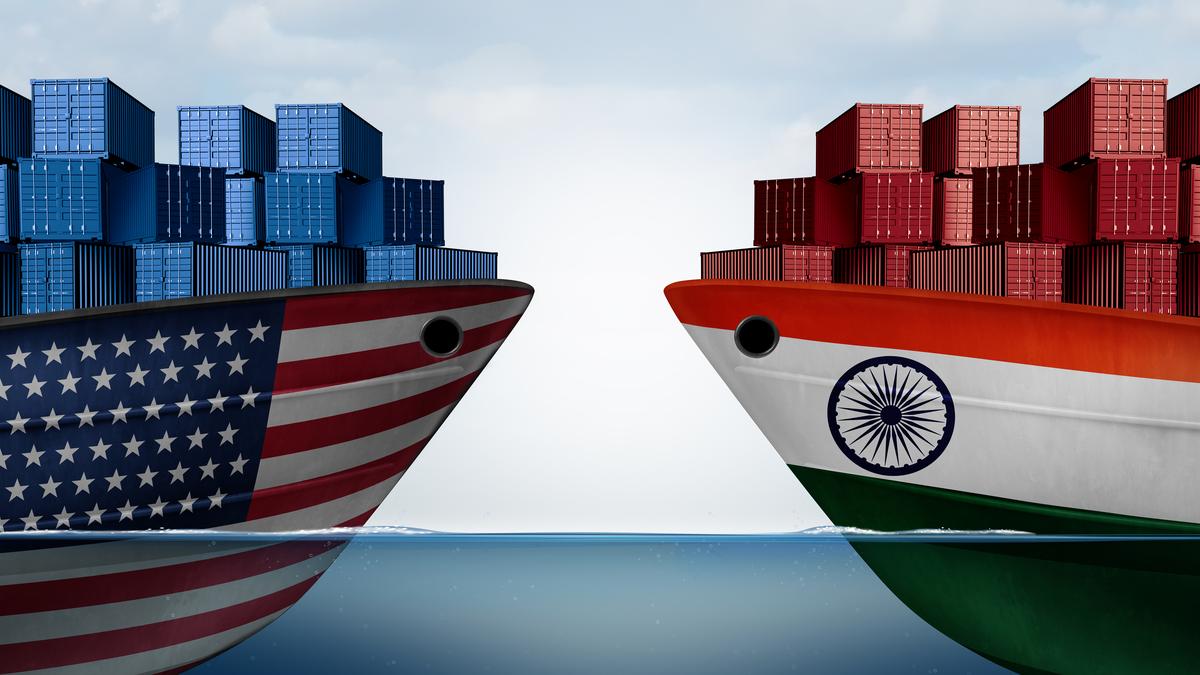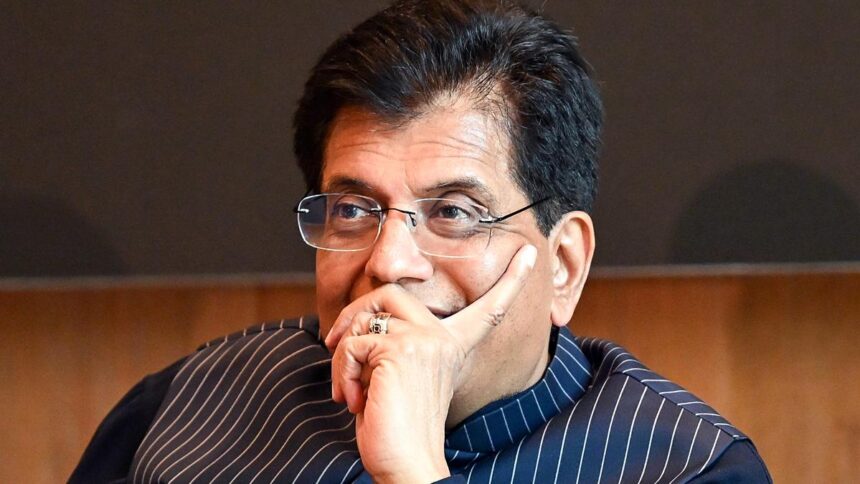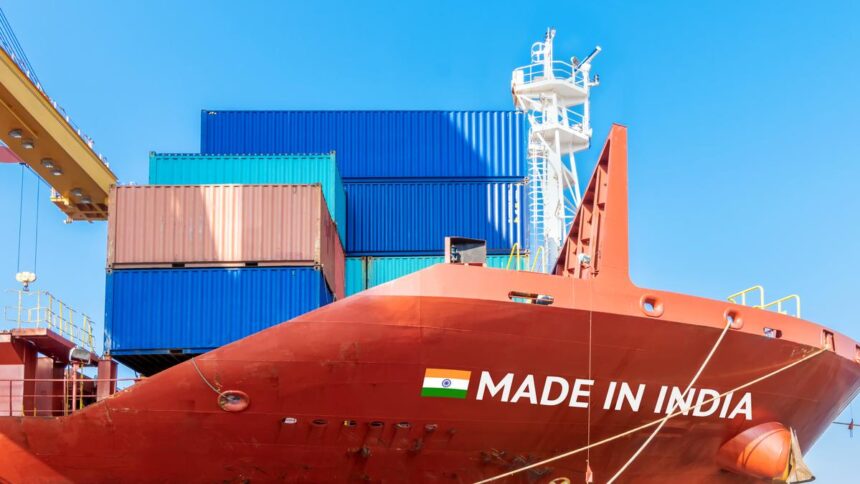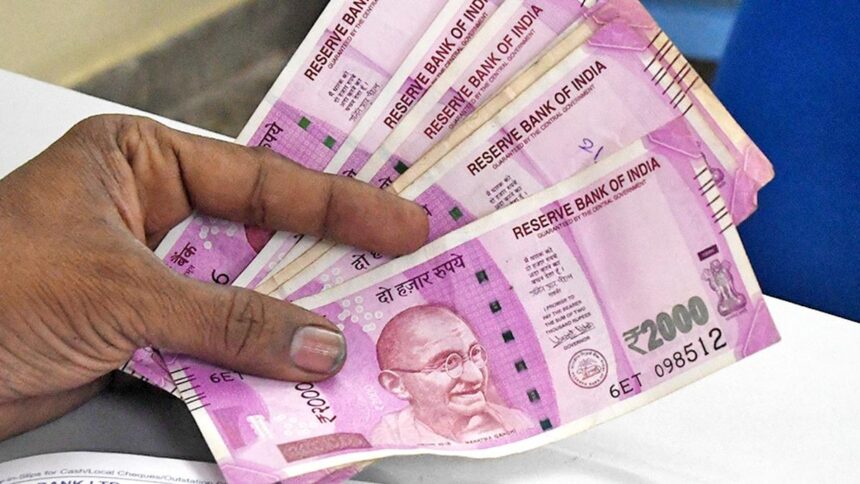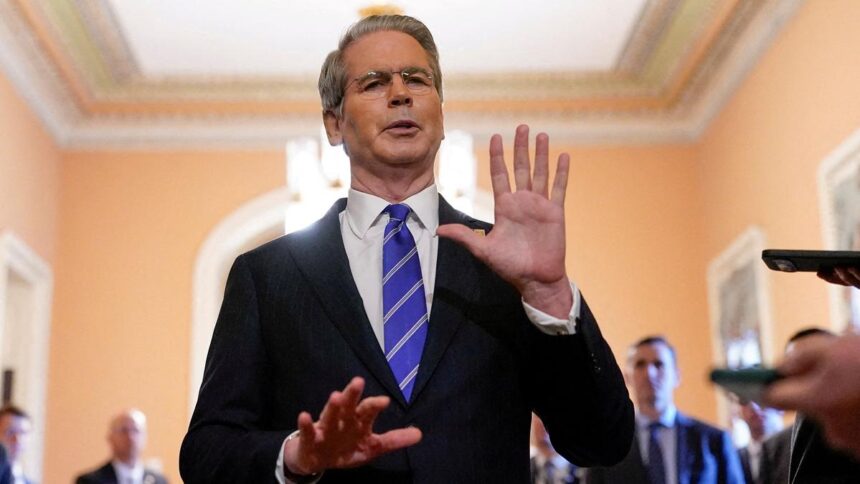The story so far:
The 50% tariffs imposed by the U.S. on imports from India came into effect on August 27, sending ripples through the Indian economy and the government. Several sectors, many of them labour-intensive, have the U.S. as a major export destination, and many are already seeing a significant dip in demand. The government is cognisant of this and is devising a plan to support these sectors, at least in the short term.
How do we know which sectors will be worst affected?
The intensity of the impact of tariffs can be arrived at by looking at three metrics in combination: the amount exported to the U.S. in absolute terms, the share of the U.S. in that sector’s total exports to the world, and the final tariff that sector is facing.
If a sector exports a large amount to the U.S., the U.S. forms a major part of its total exports, and the tariffs are high, then the pain felt by that sector will likely be high. However, if the U.S. forms a small share in a sector’s total exports, then the impact is likely to be limited.
Which sectors are likely to see a severe impact?
According to data from the Ministry of Commerce and Industry, India exported about $2.4 billion worth of shrimp to the U.S. in 2024-25, making up 32.4% of its total shrimp exports. Earlier, the U.S. only imposed a 10% countervailing tariff on shrimp from India. However, the addition of the 50% tariff now takes this total to 60%.
Reports indicate that exporter purchase prices of shrimp in Andhra Pradesh — the source of the majority of India’s shrimp — fell by about 20% following the 25% tariff imposed on August 7. Prices are likely to fall further due to the current 60% tariff.
India exported $10 billion worth of diamonds, gold, and jewellery to the U.S. in 2024-25, accounting for 40% of total exports in this sector. Tariffs have now risen from 2.1% to 52.1%. Reports from hubs like Surat already show that production cuts are underway. Surat’s diamond polishing industry itself employs about 12 lakh people.
One of the worst-hit sectors is likely to be India’s textiles and apparel exports sector. These exports to the U.S. stood at $10.8 billion in 2024-25, with apparel alone accounting for $5.4 billion. Further, the U.S. accounts for 35% of India’s apparel exports. The sector now faces a 63.9% tariff, up from the previous 13.9%.
“Tiruppur exporters are rushing shipments while cancelling new styles,” said the Global Trade Research Initiative (GTRI) in its report. “Noida-Gurugram has frozen planned capacity expansions and is considering downsizing, Ludhiana reports a slump in yarn and fabric demand, with working capital under stress, and Bengaluru units are preparing for shift cuts as buyers push for offshore production.”
India exported $1.2 billion worth of carpets to the U.S. in 2024-25, which makes up 58.6% of total carpet exports. Tariffs have increased from 2.9% to 52.9%.
Other significantly affected sectors include handicrafts, leather and shoes, furniture and bedding, and agricultural products such as basmati rice, spices, tea, pulses, and sesame.
Which sectors will see a more modest impact?
India’s export of organic chemicals to the U.S. stood at $2.7 billion. This made up 13.2% of India’s total exports. The sector now faces 54% import tariffs, up from the previous 4%. The exporters’ body, CHEMEXCIL, and industry bodies have already approached the government for some intervention.
India exported $4.7 billion worth of steel, aluminium, and copper to the U.S. in 2024-25, about 17% of India’s total exports of these metals.
“While the U.S. is not the largest market for Indian metals, it is critical for hundreds of SMEs in the Delhi-NCR engineering belt and eastern foundry hubs,” GTRI said.
“The tariff threatens to disrupt jobs in stainless steel, aluminium casting, and copper semi-finished goods, putting severe pressure on small and medium exporters reliant on U.S. orders.”
India exported $6.7 billion worth of machinery and mechanical appliances to the U.S. in 2024-25, making up 20% of its total exports. This sector is also expected to face a drop in demand.
Is the government planning to help these sectors?
Prime Minister Narendra Modi and Commerce and Industries Minister Piyush Goyal have been repeating the ‘swadeshi’ mantra and asking Indians to ‘go vocal for local’, so that the economy can reduce its dependence on exports. Apart from this, The Hindu reported on August 13 that the government is working on a multi-ministry plan to ease the short-term pain of exporters.
In the medium to long term, the government is working with exporter bodies to diversify their export destinations and make better use of existing free trade agreements. The Reserve Bank of India Governor Sanjay Malhotra has also said that the central bank stands ready to provide whatever help it can.
Published – August 28, 2025 10:37 pm IST








